The unforgiveable truth understood all too well by the anti-hunger community is that there is far more food in the world than we need to ensure no one goes hungry. The issue is the access which our broken system fails to provide. Thankfully, communities across Colorado are working on fixing these systems and many are doing it with an equity lens for both the people who need the food as well as the farmers who need to make a living producing that food.
In five counties in Colorado’s southwest – La Plata, Montezuma, Dolores, Archuleta and San Juan – a unique and not-so-unique set of circumstance galvanized the community to create pipelines to access connecting farm workers with farmers and connecting fresh produce and proteins to the people who need them.
“How do we provide fresh healthy food to folks struggling with access? How do we decomodify food and build strong resilient communities? How do we ensure our farmers make a living wage while also ensuring the food they produce doesn’t just end up in high-end, niche markets?” said Rachel Landis, Good Food Collective Director. “That’s where the conversation started.”
Here’s a look at some of the system-level issues and solutions being implemented in southwestern Colorado.
The situation: Once the fruit basket of our nation in the 1920s and 30s and again an epicenter for juice production in the 1970s and 80s, La Plata and surrounding counties have an overabundance of untended stone fruit trees. In fact, about 23 million pounds of fruit falls annually. At the same time, fresh fruit is one of the most often requested and least available items at most food pantries.
The solution: The Good Food Collective developed a Fruit Gleaning program that organizes groups of volunteers to pick the fruit and deliver it to food pantries where it is needed. These gleaning programs created not only a pipeline for fresh fruit to pantries but also opportunities for the community to engage directly with the food system and connect to it in ways they would not have been able. Each year the program captures over 85,000 pounds of fresh, healthy food for distribution out to the region’s food pantries. The solution has the added benefit of helping to keep bears out of more populated areas in search of the untended fruit, where they risked being euthanized.
The situation: Local farmers were increasingly forced to sell their produce to high-end niche markets that priced goods well out of reach for individuals with lower incomes. These same farmers were averaging incomes of about $29,000 a year. And individuals who needed to use food pantries were not receiving this fresh local produce at all.
The solution: The Good Food Collective’s Farms to Food Assistance Food Hub seeks to create a food system that works for everyone by building a network of formally disparate food assistance providers within and between the five-county area. Together, our Food Assistance Pantries have committed to purchasing from local producers using grant funds provided through the state’s Food Pantry Assistance Grants as well as, philanthropic dollars. The Good Food Collective works with the Food Pantry Providers to coach them on the “what” and “how” of purchasing locally and seasonally including cold chain needs and seasonal product availability. The Collective then takes bi-weekly orders, and sources those orders utilizing a 'just-in-time' market model, which connects directly to 15+ local producers. The food is then delivered from those local producers and aggregated in three nodes that are set up across the five counties. Produce is then transported to the correct county node utilizing back-hauling and contracting with existing local distribution businesses. Those county nodes than distribute out to all of the Food Assistance Pantries located across the region. That has created over $250,000 in local spending to farmers and distribution businesses from food assistance organizations while also getting healthy dignified food out to people who deserve it.
These two Good Food Collective programs join additional ones like Potatoes for People, Mobile Farm Workers and efforts to evolve local farmers markets to make them both more economically feasible as well as more culturally inclusive. Each of these efforts works to solve problems on a system level with a focus on equity.
“Rather than just thinking about food as a market driven only by supply and demand, we are trying to reinforce the foundational value of it as a way we build community, an essential component of culture and an avenue for health and wellbeing,” Landis said. “When you can approach it from that lens you naturally come up with very different ways of doing things and very different solutions. You begin to build a system that emphasizes and honors those values.”
You can learn more about the work of the Good Food Collective.

